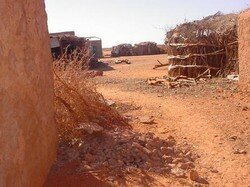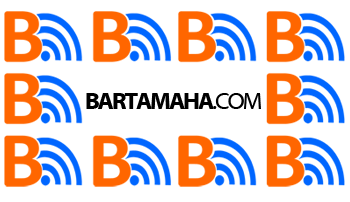Pastoralists hardest-hit by drought in Somaliland
 ERIGAVO, 13 May 2009 (IRIN) – A severe drought that has gripped Somaliland’s Sanag region in the past months has hit pastoralists hardest, with hundreds of families moving to urban centres after their animals died, officials said.
ERIGAVO, 13 May 2009 (IRIN) – A severe drought that has gripped Somaliland’s Sanag region in the past months has hit pastoralists hardest, with hundreds of families moving to urban centres after their animals died, officials said.
“We estimate that up to 400 families [2,400 people] have been displaced to Erigavo [the region's capital], after they lost their animals in the recent drought,†Yasin H Nour, the mayor of Erigavo, told IRIN.
“Hundreds of families are now in a serious situation due to the drought that has hit the region. Their cattle and donkeys have already died; now their camels and sheep are dying daily,” he added.
The drought has also affected regions surrounding Sanag in both Somaliland and the self-declared autonomous region of Puntland.
The region has suffered consecutive rainfall failure in the past three years.
Officials in the El-Afweyn, Hulul and Dararweyne districts of Sanag said 60 percent of pastoralists’ animals had died in the drought.
The most affected areas are in the eastern regions of Sool, Sanag and Togdheer, according to Mursal Askar Mire, the mayor of El-Afweyn district.
“WFP [UN World Food Programme] and its partners used to supply food to the district and other rural surroundings but they stopped at the beginning of this year,” Mire said. “Now the situation has deteriorated and the people are facing shortages of food and water.”
Mahamud Hassan “Guled”, senior public information assistant, WFP Somalia, told IRIN: “We have no relief operations at the moment due to the last FSAU [Food Security Assessment Unit/Food and Agriculture Organization Somalia] assessment, which did not warrant any relief programmes. WFP distributed 86 metric tonnes of food to 5,064 people in the district four months ago before the FSAU assessment.”
Disease threats
Salah Yusuf, the mayor of Dararweyne, said the nearest water point in some areas was about 120-130km away, while most animals could only walk about 60km a day.
Yusuf and Mire called for help, saying Dararweyne was the worst-affected district.
“We are calling on the government of Somaliland, as well as the international community, to come to the aid of the people hit by the drought in the districts of El-Afweyn, Gar-adag, Hulul and Dararweyne,†the mayors said.
Yusuf said: “About 40 families [200 people] have moved to urban areas of Dararweyne District after they lost all their animals and, last week, 20 people were hospitalised for diarrhoea.
 Photo: Abdi Hassan/IRIN |
| A donkey weakened by drought – file photo |
“The problem is not only lack of food and water but also some diseases have erupted in the areas, such as malaria, flu and diarrhoea.”
Trucking water
Ahmed-Kayse Hussein Mohamed, a data collection officer with Candle Light, a local NGO, said a team toured the remote areas of the affected districts on 10 May and found hundreds of families who had moved out of their home areas to the urban centre of El-Afweyn after losing all their animals.
Mayor Nour said the local government was trucking water to some of the affected areas in the district.
“We send eight to 10 water trucks daily to the remote areas of Erigavo, particularly the areas to the southeast and southwest of the district,” Nour said.
Local officials said if the rains – expected any time now – are delayed, more pastoralists would lose their last remaining animals.
“We are worried that if the rains do not start in coming weeks, more animals may die, and even if the rains start, we fear the animals may not adapt well to the wet conditions because there is no pasture,” Nour said.
Comments
comments
 Calendar
Calendar






































